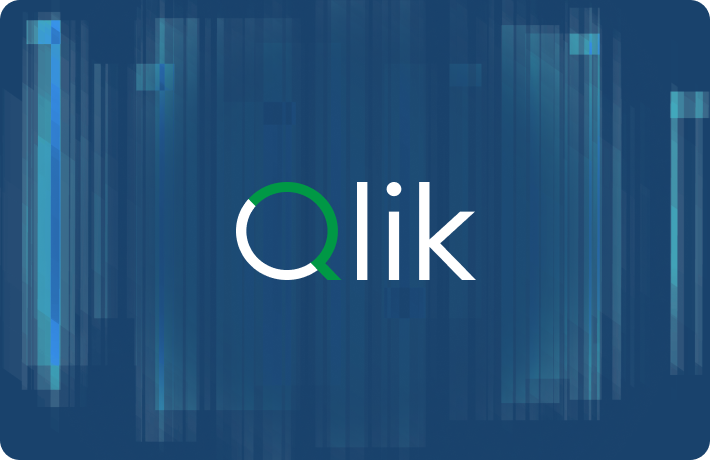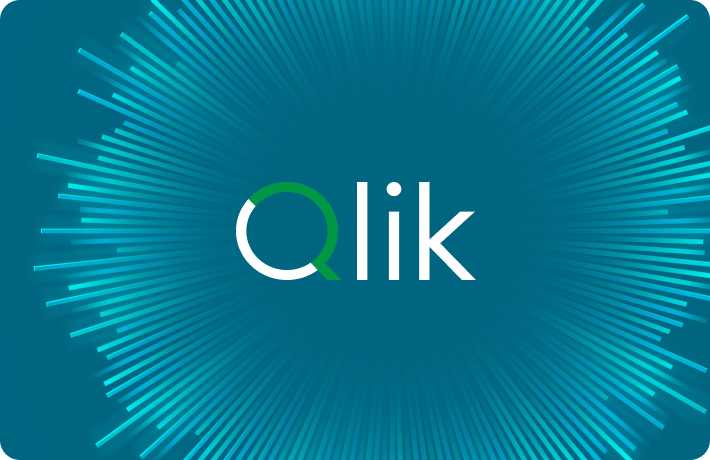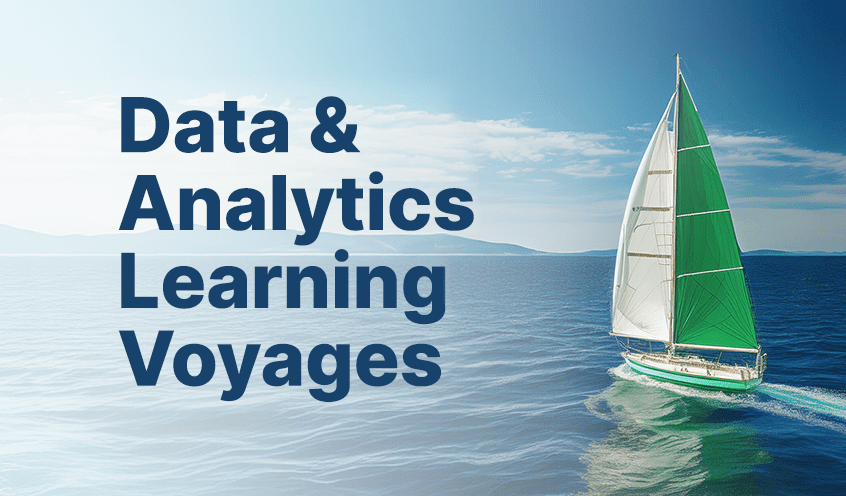Welcome back to our ongoing series on strategies for gaining an unfair advantage. So far, we’ve explored how leveraging the tech ecosystem, overcoming adversity, unlocking hidden value in data, fostering great partnerships, and balancing risk with reward can set your organization apart. Each topic has offered actionable insights and real-world examples to help you stay ahead.
Driving the right actions
As we partner with our customers on how to leverage AI to drive the right decisions and actions, we often get asked about our own best practices. To help answer this first set of questions, I spoke with Peter Leddy, who is Vice President of Strategy and Integration (M&A) Management on my team.

How do we ensure that AI-generated insights actually lead to timely and meaningful decisions within our organization?
As a data company, we pride ourselves in being very data-driven. It starts with providing everyone at Qlik access to our data, analytics and AI solutions. This includes governed data products and AI-powered applications by domain which colleagues can use to help inform their day-to-day roles, and which they can extend for their own analysis. Driving decision-making from these insights requires trust in the data and consistency in how we communicate and collaborate cross-functionally, with effective decisions stemming from a blend of human intuition and AI powered insights.
While we certainly have many data and analytics experts around the world, we also make sure that everyone has the opportunity to reinforce their knowledge and skills with data and AI literacy training. Just recently, we held an internal “Hackathon” – an intense, time-limited competition where participants get to showcase their technical chops and innovative skills in a race to solve complex challenges. At Qlik, hackathons are inclusive events open to everyone, embracing a wide range of activities beyond just coding. Most importantly, we’ve set out our own AI policy – how we use AI in our jobs, in our products and development processes helping ensure that colleagues know what’s safe, ethical and effective. Of course, we also have leadership commitment to demonstrating the value of data in decision making.
Finally, beyond our own four walls, Qlik is very focused on bridging the gap between insight and action for our customers and the ability to “act” on data is one of the foundational elements of our platform.
Can you share an example where an AI solution led to a meaningful business result?
In 2023, we launched a new GenAI-powered support chatbot that delivers fast, accurate answers by pulling information from across all our web properties. Designed as a persona-based user assistant, it can resolve issues instantly, take further action, or seamlessly hand off to a live agent or business development representative when needed. This has helped our support team manage volume more efficiently while significantly enhancing the customer experience—reflected in CSAT scores that meet or exceed industry benchmarks. The chatbot embodies our commitment to providing swift, high-quality support through smart automation and generative AI.
What role do cross-functional teams play in turning AI outputs into coordinated enterprise action?
In short, they bridge the gap between what AI can tell us and what the organization is ready and able to act on. They are critical in translating AI outputs into coordinated action. AI models may generate insights, but it takes a blend of domain business, and human expertise, technical knowledge, and operational understanding to interpret those insights accurately and implement them effectively. AI may identify a customer churn risk, but it takes marketing to tailor outreach, product to improve user experience, and operations to scale the solution.
One important thing to take away from Peter’s perspective is that driving the right actions isn’t just about leveraging the right technology and processes: it’s also having the right people with the right talent and skillset.
On that note, I look forward to sharing the perspectives of two great Qlik business leaders in part 2 of this blog. They will share guidance on how to avoid the pitfalls to create value with data and AI and set up a foundation for success.
In this article:
Executive Insights and Trends












































